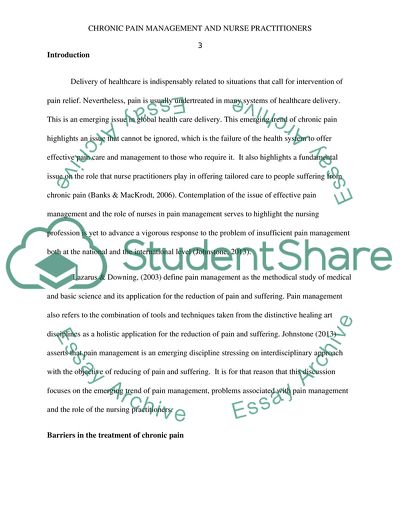Cite this document
(Chronic Pain Management and Nurse Practitioners Term Paper - 2, n.d.)
Chronic Pain Management and Nurse Practitioners Term Paper - 2. https://studentshare.org/nursing/1803164-chronic-pain-management-and-nurse-practitioners
Chronic Pain Management and Nurse Practitioners Term Paper - 2. https://studentshare.org/nursing/1803164-chronic-pain-management-and-nurse-practitioners
(Chronic Pain Management and Nurse Practitioners Term Paper - 2)
Chronic Pain Management and Nurse Practitioners Term Paper - 2. https://studentshare.org/nursing/1803164-chronic-pain-management-and-nurse-practitioners.
Chronic Pain Management and Nurse Practitioners Term Paper - 2. https://studentshare.org/nursing/1803164-chronic-pain-management-and-nurse-practitioners.
“Chronic Pain Management and Nurse Practitioners Term Paper - 2”. https://studentshare.org/nursing/1803164-chronic-pain-management-and-nurse-practitioners.


